The Panchakarma treatment is a complete detoxification programme for the body and mind.

One of the most popular Ayurvedic treatments in India is Panchakarma, with its basic principle of purification of the body through five actions or pancha-karma. Through this procedure, the body is said to release all toxins that are left by diseases, poor nutrition and environmental impurities. The treatment involves Vamanam (vomiting out toxins, which is suited for asthma), Virechanam for diseases like jaundice, Vasti (with niruham and anuvasanam enemas) and Nasyam or nasal drops that helps in breathing and works best for diseases like Sinusitis. Panchakarma is elaborate but the results are phenomenal. As per Ayurveda, there are two types of treatments – shamana and shodhana, where shaman takes care of imbalances in the body and shodhana expels the negative doshas from the body. Panchakarma falls under the shodhana type of treatment.

What Are The Benefits Of Panchakarma?
One may ask, why even undergo such a treatment that is so elaborate when there can be other means of attaining peace of mind? Well, it is simple. Panchakarma isn’t just any ordinary treatment that is easily available at any spa. With our fast paced lives, it is also hard to find the time. So what makes this process so necessary?
Dr Naresh Perumbuduri, senior Ayurvedic physician at the Ananda In The Himalayas, Uttarakhand says, “Panchakarma is an Ayurvedic modality of Bio-Purificatory Therapies. Panchakarma not only helps as a cleansing process, but also supports internal mechanism of the body by improving physiological processes and mental abilities. Ayurveda recommends that a healthy person should undergo a complete Panchakarma at least once a year, while the frequency can vary from twice a year to daily, for a person with illness.”
“Ayurveda also talks about Swasthya Panchakarma, which means a healthy individual can undergo special cleansing procedures as a preventive approach, for physical and emotional balance. It is also advised that one should undergo seasonal bio-purification. There is a definite relation of seasonal variations and influences that causes arid accumulation of doshas and the resultant illnesses. These influences are best treated by the Panchakarma procedures,” adds Dr Naresh Perumbuduri.
Gita Ramesh, the Joint Managing Director of the Kairali Ayurvedic Group says, “With the systematic means of detoxification through ‘Panchakarma’, it helps in detoxification and rejuvenation, removes impurities, stress and toxins and cleanses the body filled with harmful chemicals and residues. Since it balances the doshas and cleares toxins from the entire system, there are numerous benefits of Panchakarma like providing enhanced immunity to the body and even ensuring a better digestive system. This also makes for a good weight-loss program, improves skin lustre and helps in slow aging.”
Panchakarma And Its Various Procedures
Gita Ramesh suggests people of 35 years and above must get this therapy done at least twice a year to reduce stress levels from added workload. Ama or toxins should be regularly expelled from the body so that it doesn’t aggravate into a disease in the individuals’ body.
Dr Naresh Perumbuduri tells us about the key ingredients used in the oils and pastes during the Panchakarma procedure and how they’re beneficial. “The key ingredients of the oils and pastes used depends greatly on the intensity of detox required, health condition of the guest, their age, doshic constitution, physical and mental strength, and the season of doing the Panchakarma programme. For instance, the Virechana karma (purgative therapy), one among the many in Panchakarma, is done primarily to balance Pitta dosha along with Kapha and Vata dosha. The key ingredients used in the procedure are animal origin like milk, ghee and buttermilk and plant origin like grapes, amla, haritaki, badara and vibhitaki.”
Dr Naresh further adds, “Based on the objective of the procedure, we choose different herbs to get the optimum outcome. However, most of the herbs have some similar qualities like sukshma – penetrate into micro channels. With the Sukshma property of reaching into micro channels, the herbs then reach deep and help in disintegrating endogenic toxins, which are then excreted through micro channels. Due to dominance of earth and water in the nature of Virechana drugs and their potency, toxins are moved downward through the anal route and expelled out of the body.”

How To Maintain The Benefits Of Panchakarma
However, the big important question is – how long does the effect of the treatment last and how can we sustain it even long after the procedure is done? Dr Naresh Perumbuduri suggests, “Protect Agni (metabolic fire) with post Panchakarma dietary recommendation (Samsarjana krama), which avoids the formation of Ama (toxins) in the body. Maintaining a healthy daily routine with regular dietary patterns, exercise, sleep and sexual pattern is important to maintain the benefits of the procedure.”
A dosha based diet/rasayana diet/ Panchakarma based diet as per your body is suggested and if followed properly can be sustained even after months from receiving the procedure.
Precautions To Keep In Mind
Panchakarma may be a complete detoxification programme that is meant for the betterment of the individual’s mental, physical and emotional well-being, but like everything, this programme also need certain precautions before considering it.
Dr Naresh Perumbuduri says, “If properly performed, Panchakarma procedures does not produce any serious complications. One may however come across symptoms like headache, body ache, nausea, constipation, bloating, loose motions and emotional imbalance if the guidelines are not followed.”
There are certain precautions to be taken during each phase of Panchakarma procedures by all individuals. One mustn’t practice strenuous activities like travelling, exercising and sexual actitivies. Avoid intoxicants like tobacco and alcohol, avoid sleeping in the daytime to ensure one sleeps before 10 pm. Food should only be consumed when really hungry and to not fill the stomach completely.
Ayurveda may be very complex in character but the effect it has on the human body is incredible. Panchakarma may just be the perfect excuse you need to take some time off from your hectic work life and finally gift yourself the benefits of Panchakarma.


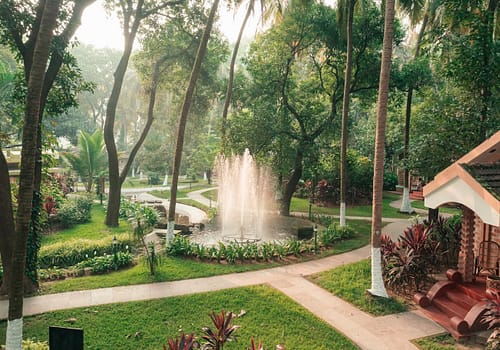
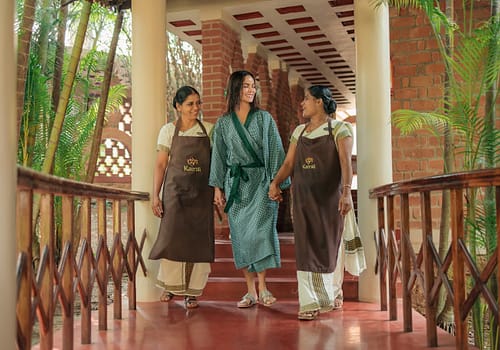
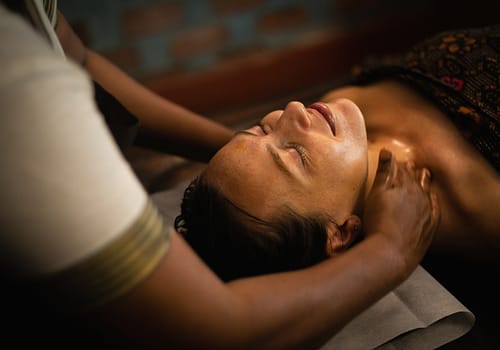
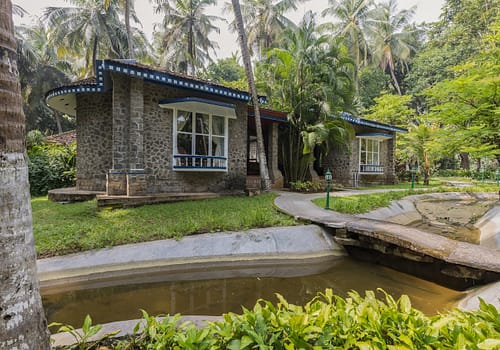
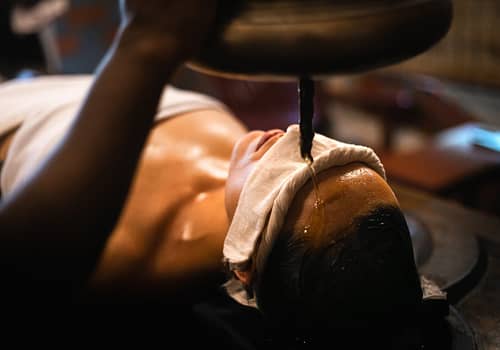
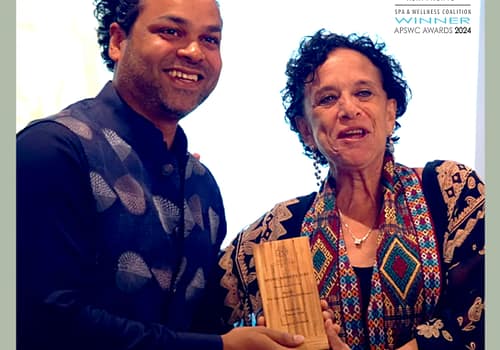





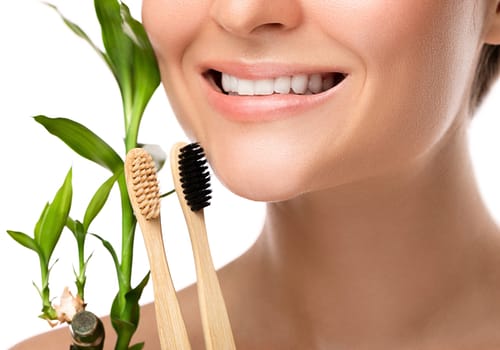

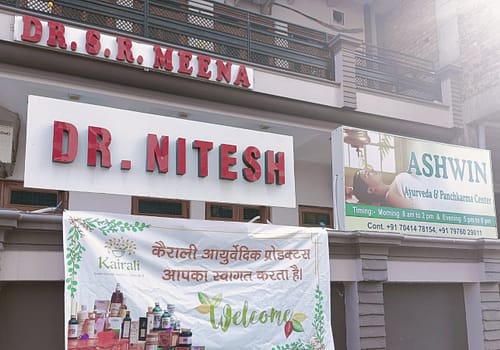
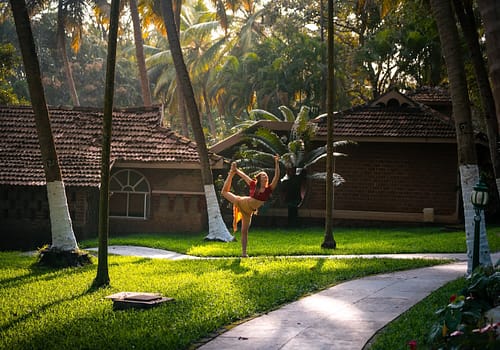














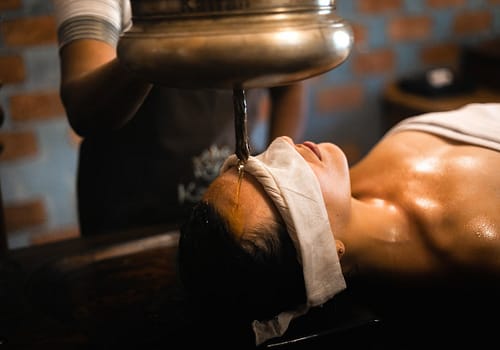











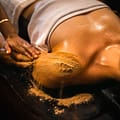


Leave a Reply